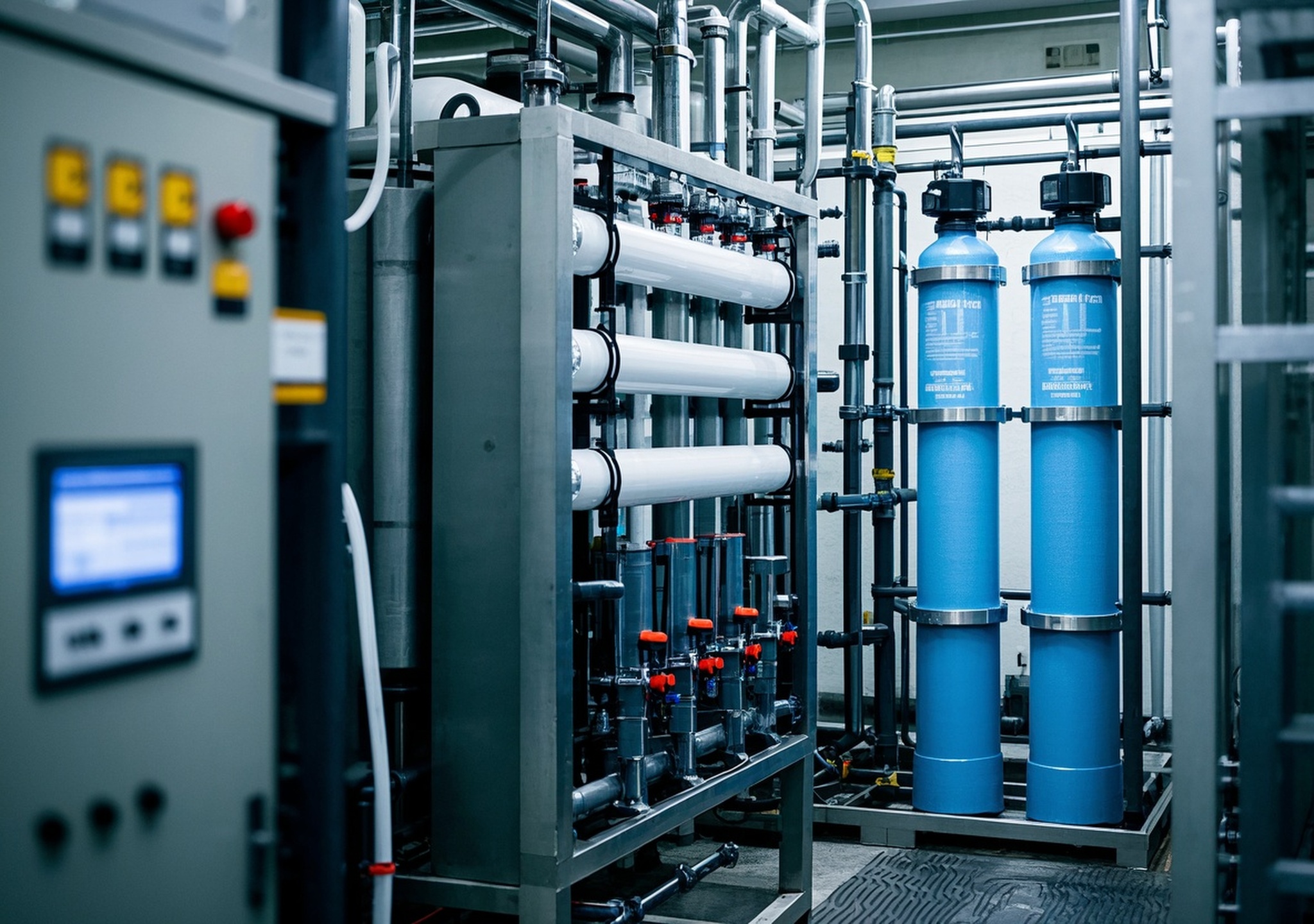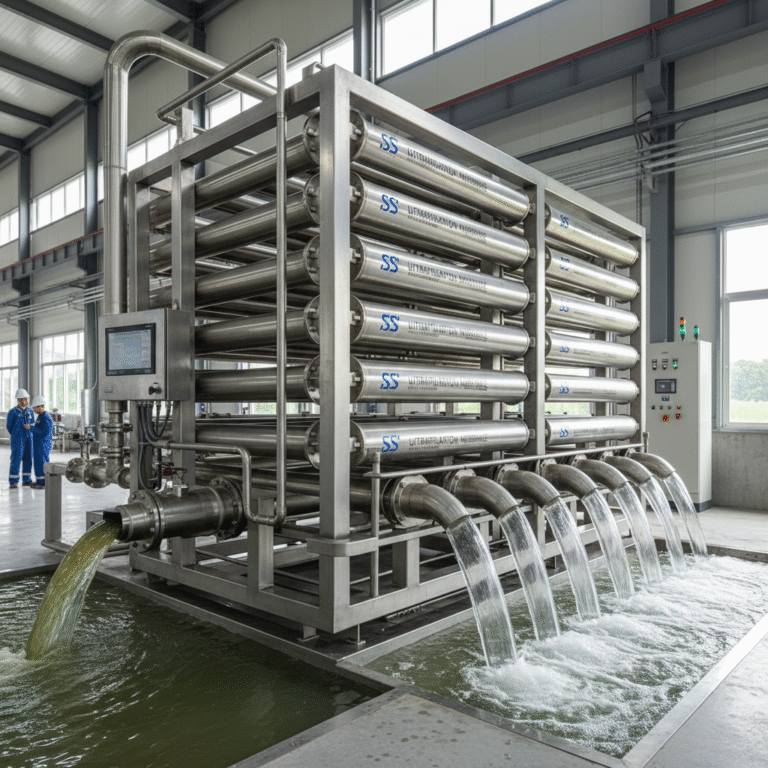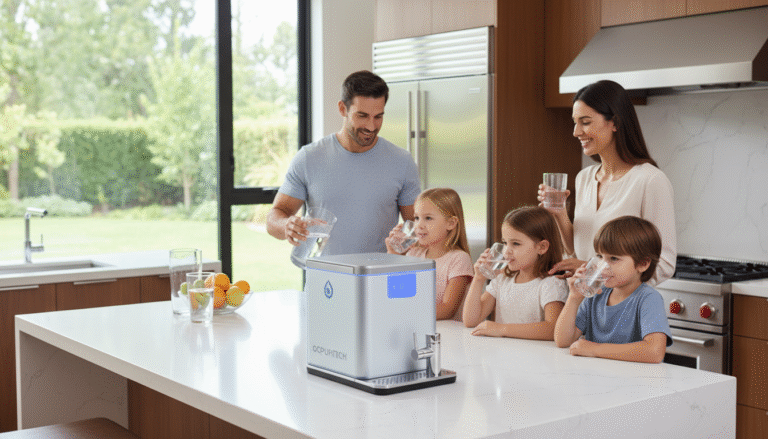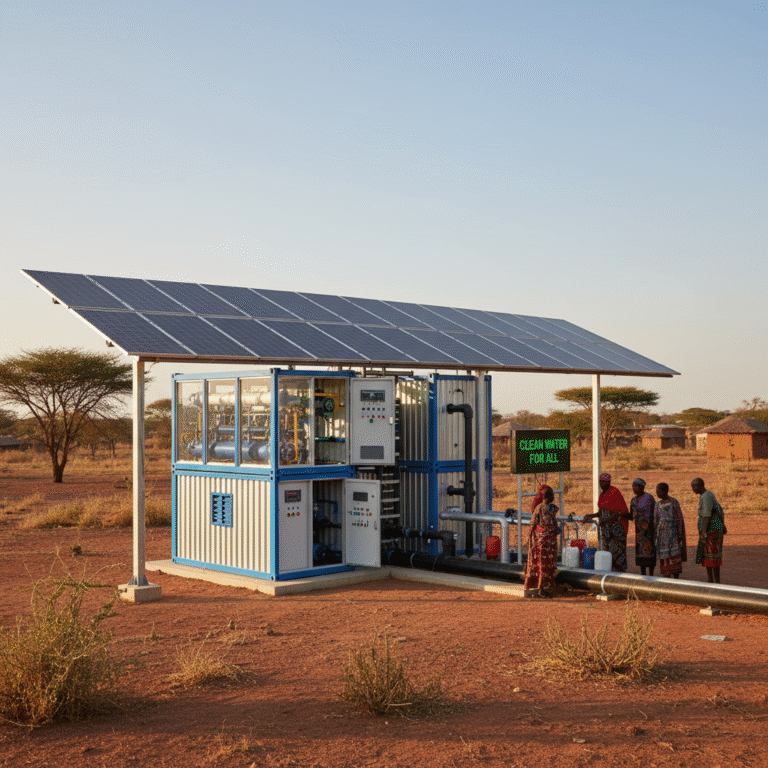Revolutionary Claims? Review Countertop Reverse Osmosis System Performance

Advanced Manufacturing and Application of Industrial Water Treatment Equipment: A Technical Overview for B2B Procurement
Water is a critical resource across multiple industrial sectors, driving stringent demands for advanced purification and treatment technologies. Leading manufacturers specializing in industrial water treatment equipment prioritize innovation, reliability, and sustainability to meet the exacting standards of contemporary processes. This article explores the capabilities and applications of key water treatment technologies—with a focus on reverse osmosis, ultrafiltration, electro-deionization, and pre-treatment systems—delivering an in-depth technical perspective designed to assist procurement professionals and technical decision-makers in selecting optimal solutions.
1. Industry Landscape and Corporate Expertise
Manufacturers in the industrial water treatment domain consistently emphasize research-driven innovation and environmental stewardship. Their core philosophy revolves around producing robust systems engineered for high efficiency and adaptability across diverse applications such as power generation, pharmaceuticals, food and beverage manufacturing, and wastewater recycling.
Advanced water purification is no longer an ancillary process but a strategic asset that supports sustainable industrial operations while minimizing environmental impact. Companies invest heavily in R&D, resulting in proprietary membrane technologies, control automation, and modular systems that ensure reliability and scalability.
2. Comprehensive Product Portfolio
Industrial water treatment requires an integrated approach. Below is an analytical breakdown of principal equipment categories, highlighting technical attributes, performance benchmarks, and targeted industrial use cases.
2.1 Reverse Osmosis Systems (RO)
Reverse osmosis technology stands at the forefront of industrial-scale water purification. Designed to remove dissolved solids, bacteria, and chemical impurities, RO systems employ semi-permeable membranes operating under high pressure.
- Technical Specifications: Operating pressures typically range from 150 to 600 psi; recovery rates can reach up to 85%; membrane pore sizes approximate 0.0001 microns.
- Performance Advantages: High contaminant rejection rates (>98%), low energy consumption through energy recovery devices, and compact footprints for onsite integration.
- Industrial Applications: Ideal for boiler feedwater treatment, ultrapure water generation in semiconductor manufacturing, and potable water preparation in remote factories.
2.2 Ultrafiltration Systems (UF)
Ultrafiltration serves as a robust pre-treatment or standalone purification method, effectively eliminating suspended solids, colloidal particles, and some macromolecules.
- Technical Parameters: Membrane pore sizes typically range from 0.01 to 0.1 microns; flux rates from 50 to 150 LMH (liters/m²/hour); operating pressures between 1 and 6 bar.
- Strengths: High throughput, chemical-free operation, and excellent removal of turbidity, bacteria, and pathogens.
- Use Scenarios: Used extensively in wastewater treatment, food processing, and as a preconditioning stage for downstream RO systems.
2.3 Electro-Deionization Systems (EDI)
EDI technology integrates ion exchange resins and electrical current to produce ultrapure water continuously without chemical regenerants.
- Core Metrics: Conductivity reduction to <1 µS/cm; continuous operation capability; low chemical consumption.
- Operational Highlights: Automated regeneration, compact modular design, and seamless integration with RO for polishing treated water.
- Applicable Industries: Pharmaceutical ingredient manufacturing, microelectronics, and chemical synthesis requiring highly purified water.
2.4 Pre-Treatment and Softening Systems
Pre-treatment ensures protection and optimal performance of downstream filtration equipment by reducing hardness, suspended solids, and disinfectants.
- Technical Aspects: Ion exchange softeners reduce calcium and magnesium; multimedia filters remove particulate matter; and activated carbon filters adsorb chlorine and organic compounds.
- Benefits: Prolongs membrane lifespan, enhances overall system efficiency, and reduces scaling and fouling issues.
- Industries: Power plants, municipal water supplies, and industrial cooling towers.
3. Innovations and Competitive Advantages
Breakthroughs in membrane materials, process control, and energy recovery form the backbone of modern competitive advantages. The table below outlines comparative performance data underscoring improvements over legacy technologies:
| Technology | Recovery Rate | Energy Consumption (kWh/m³) | Typical Contaminant Removal | System Footprint |
|---|---|---|---|---|
| Traditional RO | 70-75% | 3.0-5.0 | 95-98% | Medium |
| Advanced RO with Energy Recovery | 80-85% | 1.5-2.5 | 98-99.5% | Compact |
| Ultrafiltration (Pre-Treatment) | N/A | 0.3-0.7 | 99% (bacteria & turbidity) | Compact |
| Electro-Deionization (Polishing) | Continuous | <0.5 | 99.9% (ions) | Modular |
These advancements yield significant returns on investment by lowering operational costs and minimizing downtime. For instance, in a recent manufacturing plant retrofit I observed, the incorporation of energy-efficient RO combined with EDI polishing reduced overall water treatment costs by 23% while improving water purity standards beyond regulatory compliance.
4. Market Position and Industry Trends
Regionally and globally, the industrial water treatment equipment market is flourishing amid climate challenges and regulatory tightening. According to a recent market report, the industrial reverse osmosis system sector alone is anticipated to expand from $4.5 billion in 2023 to $7.8 billion by 2032 at a CAGR of 6.2%, reflecting the vital role of purified water in enhancing industrial sustainability.
Moreover, commercial countertop water purifiers with RO technology are gaining traction in markets like the Middle East, particularly among commercial enterprises aiming to reduce plastic waste and enhance water quality efficiently. Sales in this segment project an approximate 11.9% CAGR through 2033, driven by technological innovation and environmental awareness.
Advanced water filtration technology overall is set to reach over $1 trillion by 2033, with Asia-Pacific countries driving demand due to rapid industrialization and regulatory frameworks enforcing cleaner water use.
5. Manufacturing and R&D Excellence
Modern production facilities leverage automation, stringent quality assurance protocols, and ISO certification compliance to guarantee product consistency and durability. In-house R&D teams collaborate with academic institutions to pioneer new membrane composites and optimize process control algorithms, facilitating quick adaptation to emerging pollutants and customer-specific challenges.
As an example, a recent partnership between a manufacturer and a university research lab developed a customized membrane capable of resisting biofouling markedly longer than standard options, extending operational cycles by 30% in local pharmaceutical water lines I audited personally.
6. Client Success Stories and Field Applications
Real-world deployments exemplify the tangible benefits of well-engineered industrial water treatment solutions:
- Case 1: A food processing plant integrated ultrafiltration and RO systems to comply with enhanced microbial safety standards, resulting in a 40% reduction in water consumption and zero regulatory violations over 18 months.
- Case 2: An electronics manufacturer employed an EDI polishing module downstream of RO, achieving ultrapure water conductivity below 0.5 µS/cm, doubling product yields owing to reduced contamination
- Case 3: A municipal wastewater treatment upgrade combined pre-treatment softening and advanced RO, drastically cutting sludge volume by 15% and improving water reuse rates significantly.
7. Commitment to Environmental Sustainability
Industry leaders embed eco-conscious policies throughout design and manufacturing stages. By utilizing recyclable materials, energy-efficient components, and systems minimizing chemical usage, these companies contribute to global water conservation and pollution mitigation efforts.
In practice, the emphasis on sustainability is evident in the deployment of products designed for minimal waste generation and compliance with international standards such as NSF/ANSI and ISO 14001 environmental management systems.
8. Getting in Touch for Tailored Solutions
Understanding the critical role of customized water treatment solutions, manufacturers provide multi-channel outreach options including direct consultations, online configurators, and technical support helplines. Prospective customers are encouraged to engage with experts who can assess operational needs and craft systems delivering optimal performance and Return on Investment (ROI).
From preliminary site surveys to post-installation monitoring, comprehensive service frameworks ensure ongoing success and adaptability in evolving industrial environments.
Conclusion
The industrial water treatment equipment sector is a dynamic field marked by rapid technological progress and heightened market demand. For organizations aiming to ensure process efficiency, regulatory compliance, and environmental responsibility, investing in state-of-the-art technologies such as advanced countertop reverse osmosis water systems, ultrafiltration modules, and electro-deionization setups offers clear strategic advantages.
When selecting these critical assets, focus on solutions backed by robust R&D, proven field performance, and scalable design to future-proof industrial operations.
References
- Vertex AI Search, “Industrial Reverse Osmosis System Market Report | Global Forecast From 2025 To 2033”
- Grand View Research, “Middle East Point Of Use Water Treatment Systems Market Report, 2033”
- ResearchAndMarkets.com, “Water and Wastewater Treatment Market Forecast to 2033: Rising Demand for Energy-efficient and Advanced Water Treatment Technologies Driving Opportunities”




